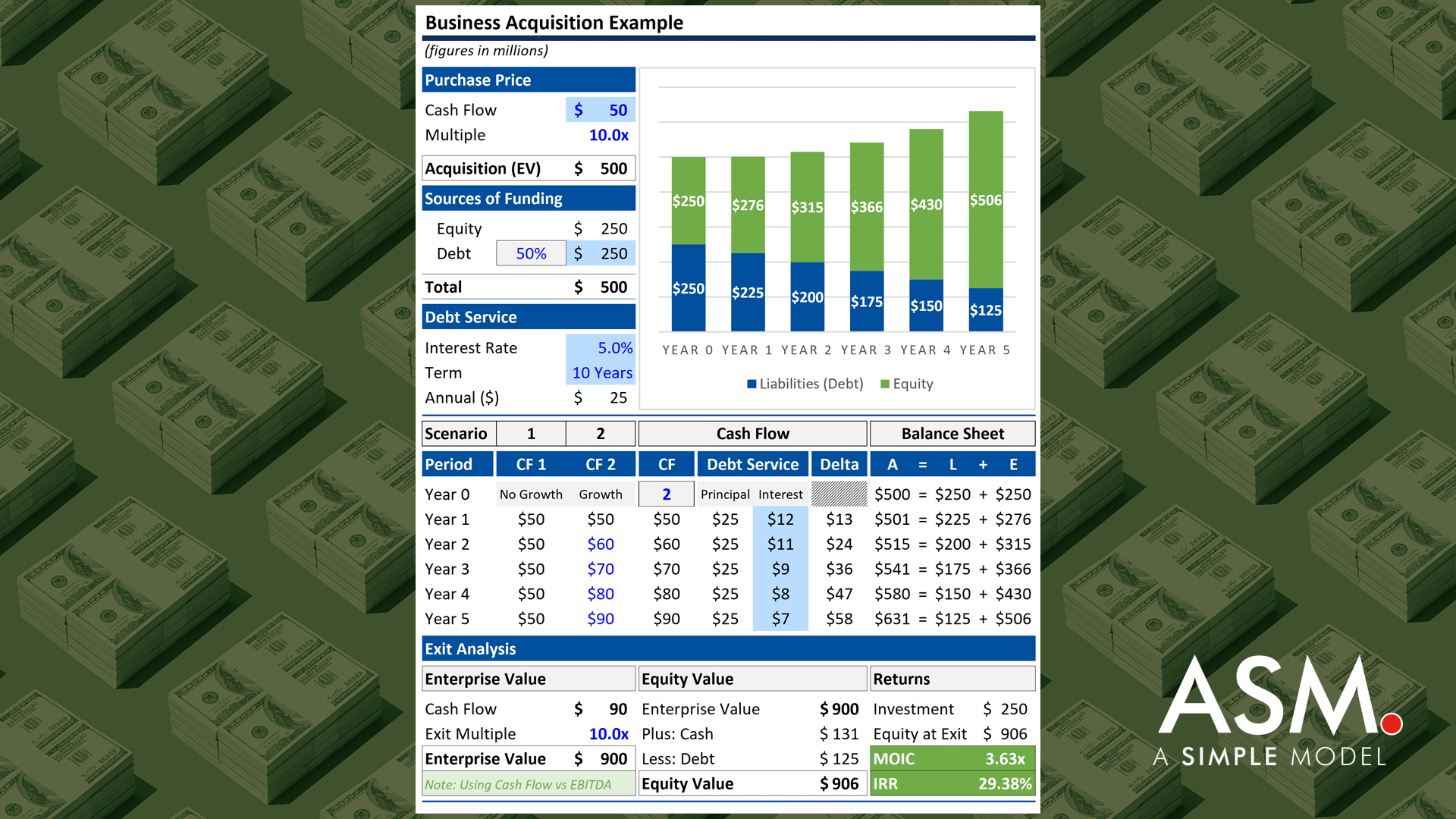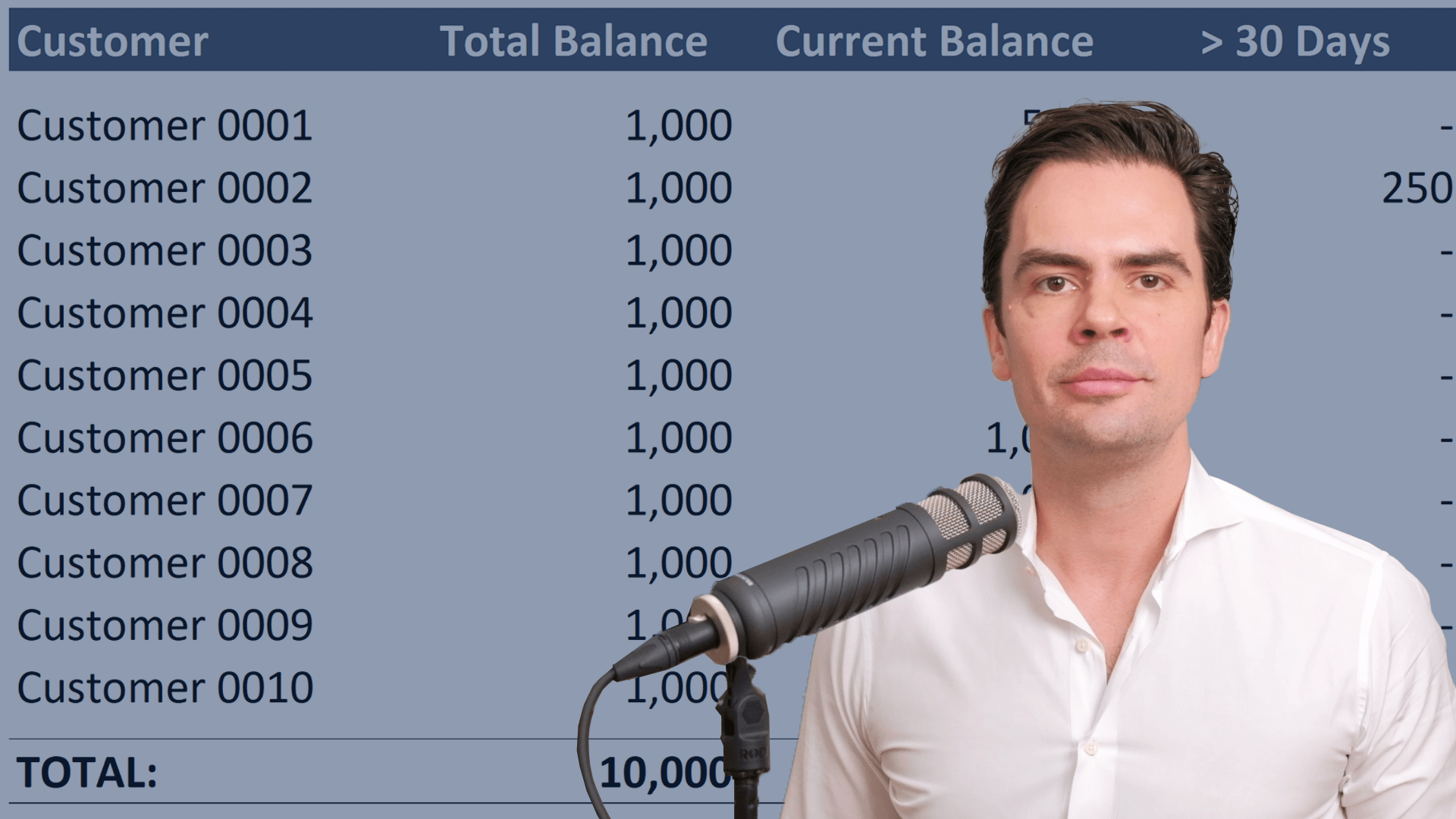Insights
Value Drivers in an LBO Model

In this post we will use a simple example to highlight the primary value drivers in an LBO model.
Carried Interest for a $500M Private Equity Fund

How much carried interest would private equity fund managers earn on a $500 million dollar fund that triples in value? In this post we will walk through a basic distribution waterfall to explain how this calculation works.
Working Capital Adjustment Process

The working capital adjustment requires that the buyer and seller exchange working capital estimates and calculations. In financial models everything is automatic, but in the real world a structured process must be in place. In this article we will explore this sequence.
Working Capital Peg for a Seasonal Business

How you work towards a normalized level of working capital will vary from one transaction to the next, but the variables that most frequently make this calculation challenging are the company’s rate of growth and exposure to seasonality. To understand why we can explore a business with highly seasonal revenue.
Working Capital Defined for the Working Capital Peg

To better understand how the working capital adjustment works in a control private equity transaction, we first need to distinguish between the accounting definition of working capital and the definition of working capital for the purposes of a transaction.